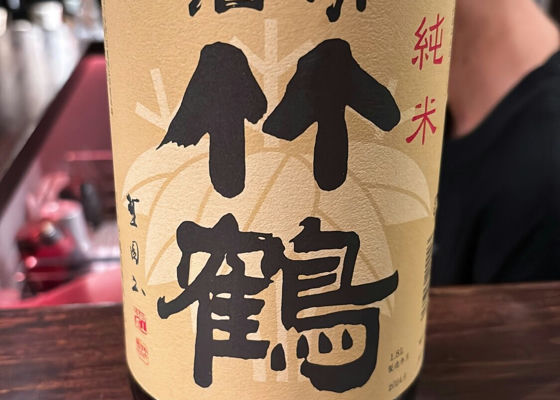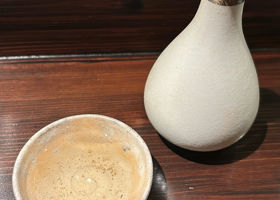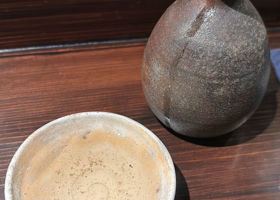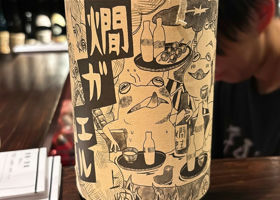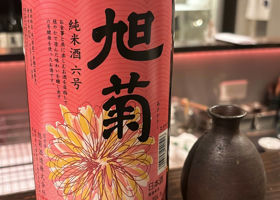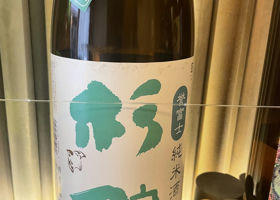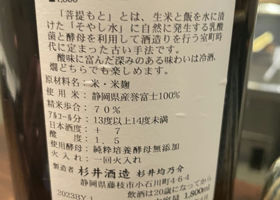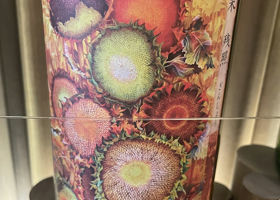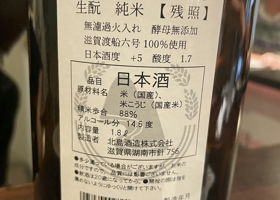Timeline
やす☆2019BY in warm water. It is hard to tell, but the color is yellowish. It has a firm umami and sharpness, including a mellow ripeness typical of long-aged Taketsuru. やす☆The color was yellowish, though it was hard to tell. 2018BY was served warm with the temperature raised to a gung-ho level. The sense of maturity is surprisingly subdued. The burnt aftertaste matched the charcoal grill. やす☆Warmed, it has the strength of a 70% polished sake and the sharpness of Kitajima. やす☆Warmed. The sweetness and umami of the rice, with the firmness and softness of jungin, makes it a good heated sake.
I wish more restaurants in Nagoya would carry this brand. やす☆R4BY was served warm. The soft sweetness and umami of the rice spreads softly. The taste is generally gentle, including the sharpness. やす☆According to the website, it is fired once. When heated, it has a refreshing flavor that is typical of Tenshizumi, but it also has a crisp and clean feeling. It is also very typical of Gohyakumangoku. あちょおWarmed sake. Sake made with Bodhi yeast.
Mild and gentle rice flavor. Slightly sweet and sour. Slightly sweet and sour, with a hint of acidity in the back. あちょおWarmed sake. Cute label.
Juicy. Aroma of rice bran. Umami. Alcoholic taste. RecommendedContentsSectionView.title
